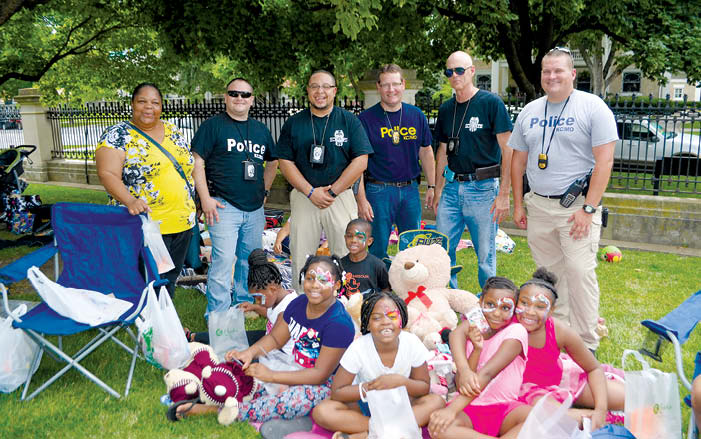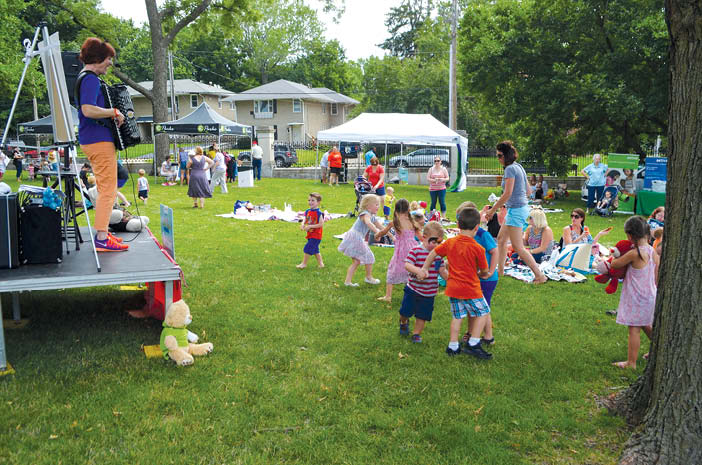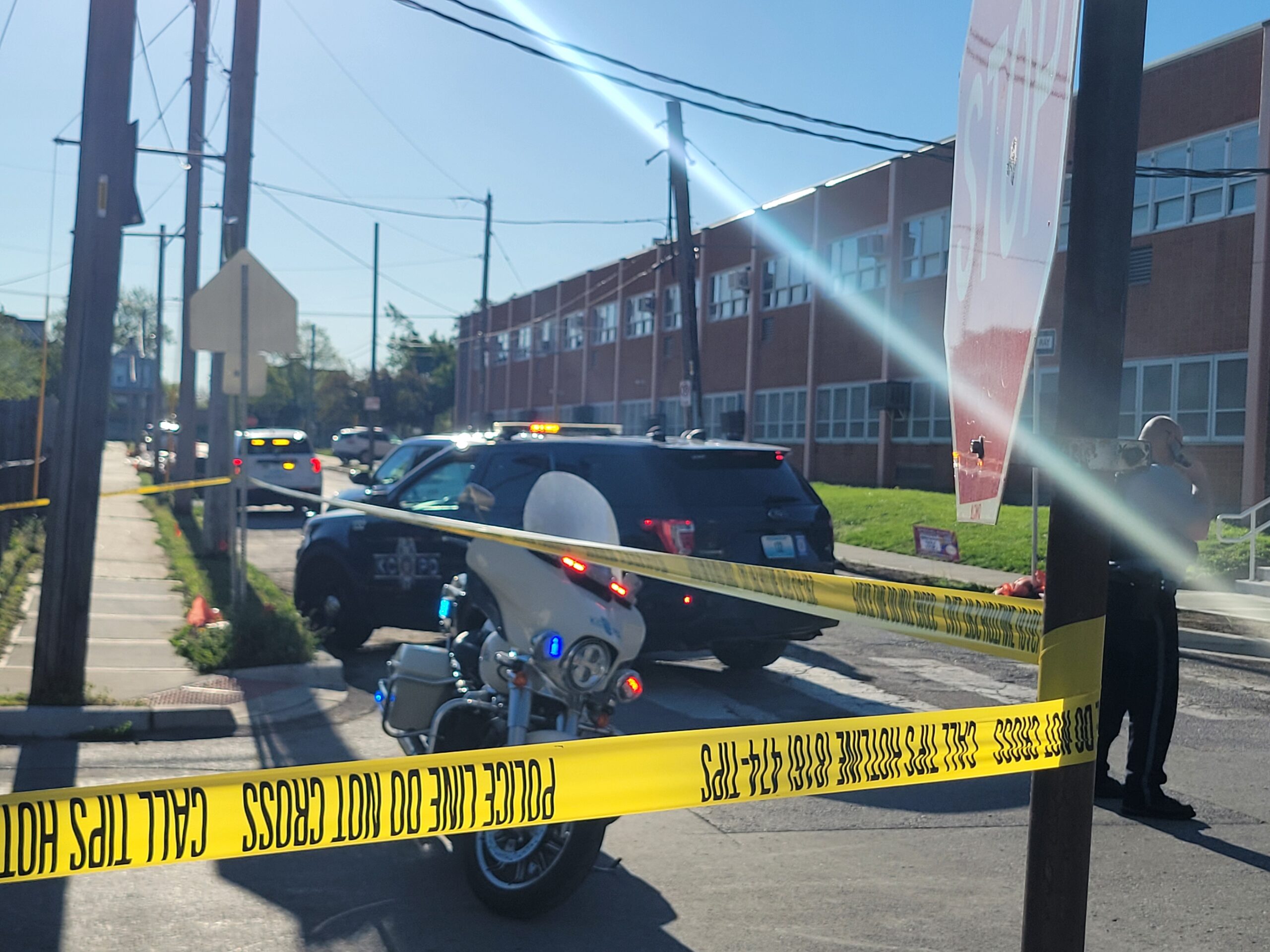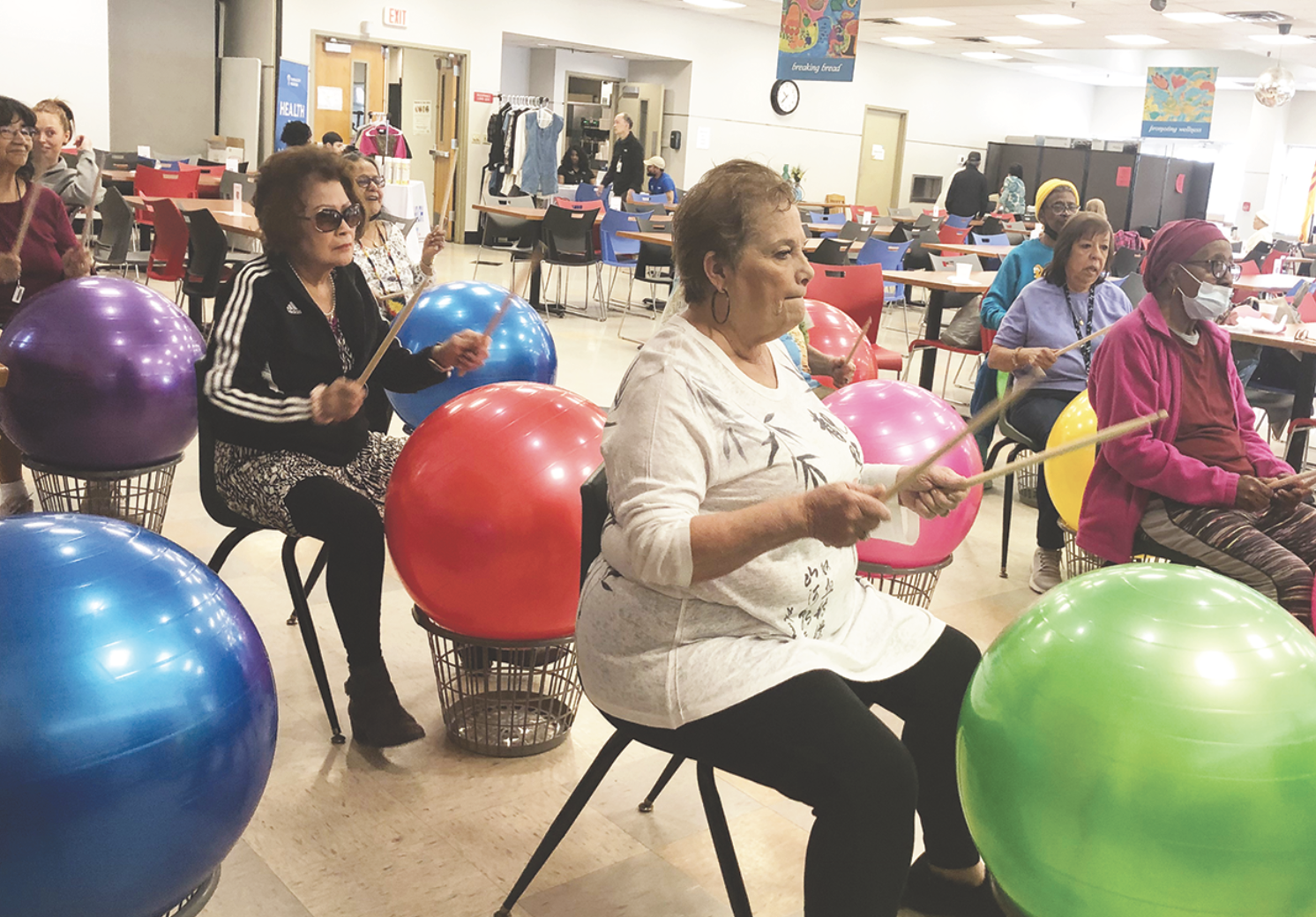
Northeast News
July 13, 2016
KANSAS CITY, Missouri – A sold out crowd braved the humid weather and brought their favorite teddy bears to the front lawn of the Kansas City Museum on Friday, July 8 to celebrate the KC Parks and Recreation’s second annual Teddy Bear Picnic.
The event, which has been sold out in each of its two incarnations, included live music from Jane Christison, face painting, art tables, giveaways, and a variety of yard games displayed throughout the museum’s lawn. The event began last year on the actual National Teddy Bear Picnic Day, was is celebrated on July 10. But since it falls on a Sunday this year, Parks and Rec decided to celebrate a couple of days early. Kansas City Parks and Recreation Director of Marketing and Events Heidi Downer said that hosting the event at the Kansas City Museum was a no-brainer.
“We wanted to really activate the front lawn of the beautiful Kansas City Museum, and we thought this would be a perfect place to have a picnic,” said Downer. “My favorite part is watching the kids walk in when they’re all dressed up, and their teddy bears are all dressed up as well.”
KCPD hot spot officers even showed up at the party, passing out goodie bags and stuffed teddy bears, interacting with children, and even briefly donning teddy bear ears to get into the spirit of the celebration.
Sergeant Andrew Uptegrove said that hot spot patrols have been taking more of a community bent of late, ever since KCPD Chief Darryl Forte instituted changes to the program. Before, hot spot officers would answer calls for service, pull cars over, and things of that nature. Now they are split into three distinct tiers: targeting violent offenders; following up on Shot Spotter reports and probation and parole offenders; and participating in community engagement events.
“We want to come out and let people in the community see officers in a non-traditional light. A lot of time people see somebody in a uniform and they get intimidated,” said Uptegrove. “That’s a perception that we’re trying to change here in the community.”




















